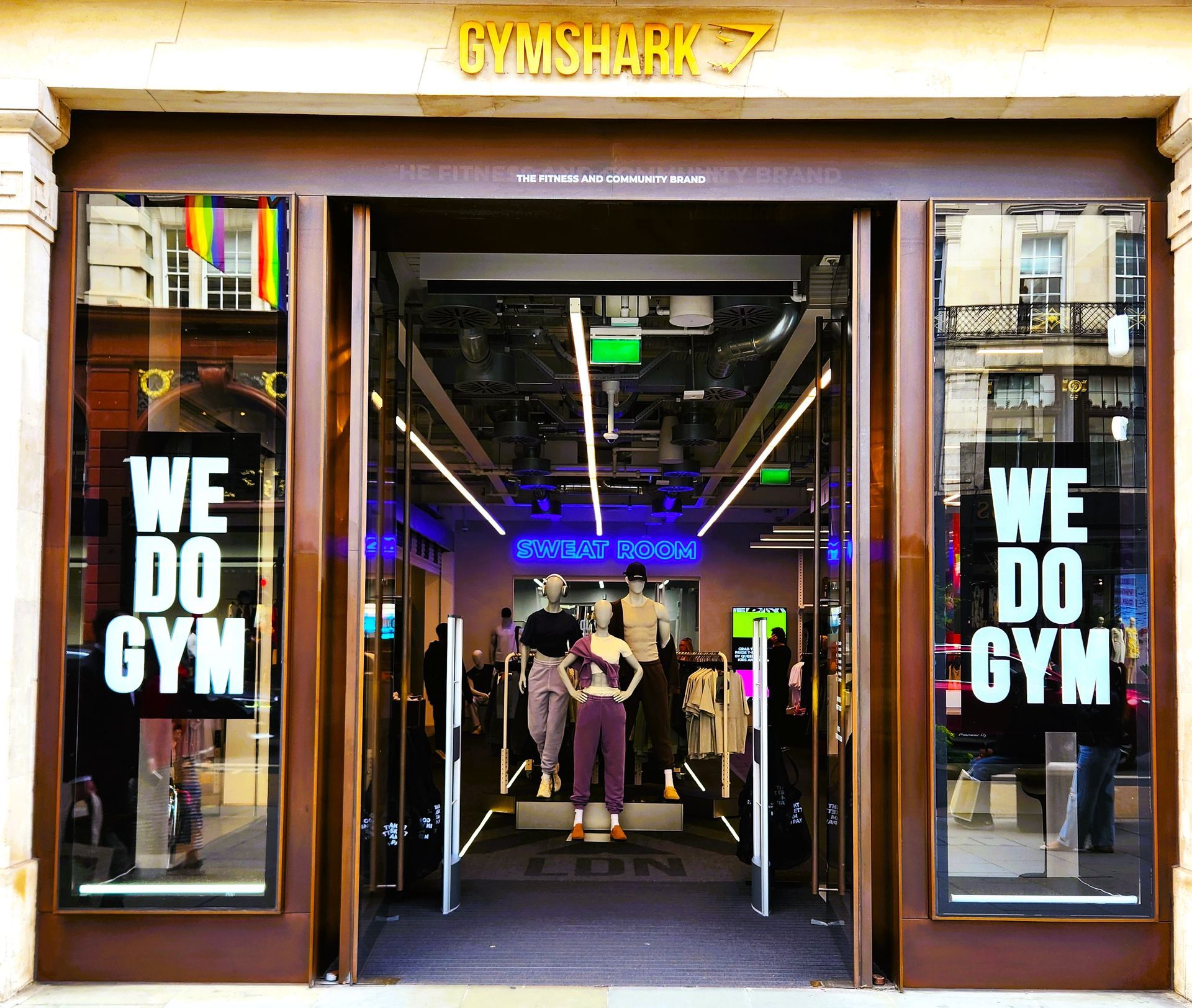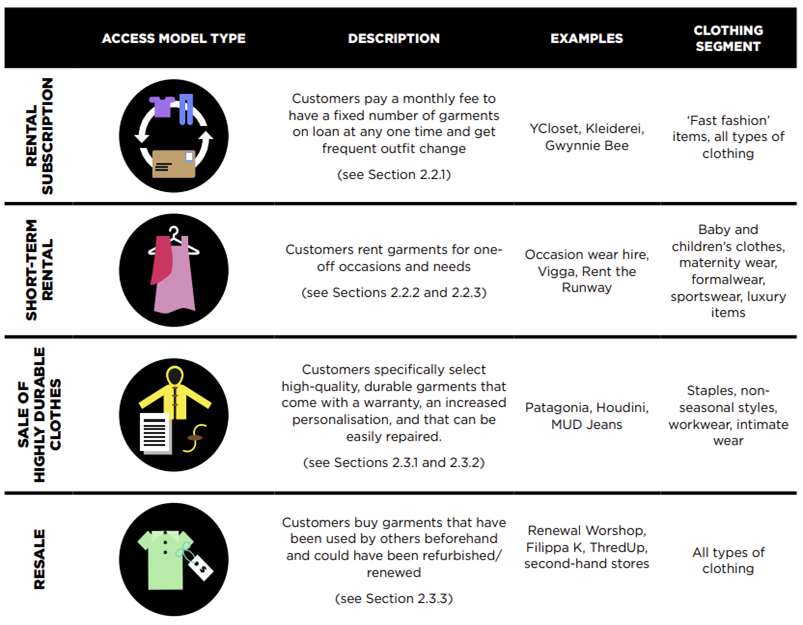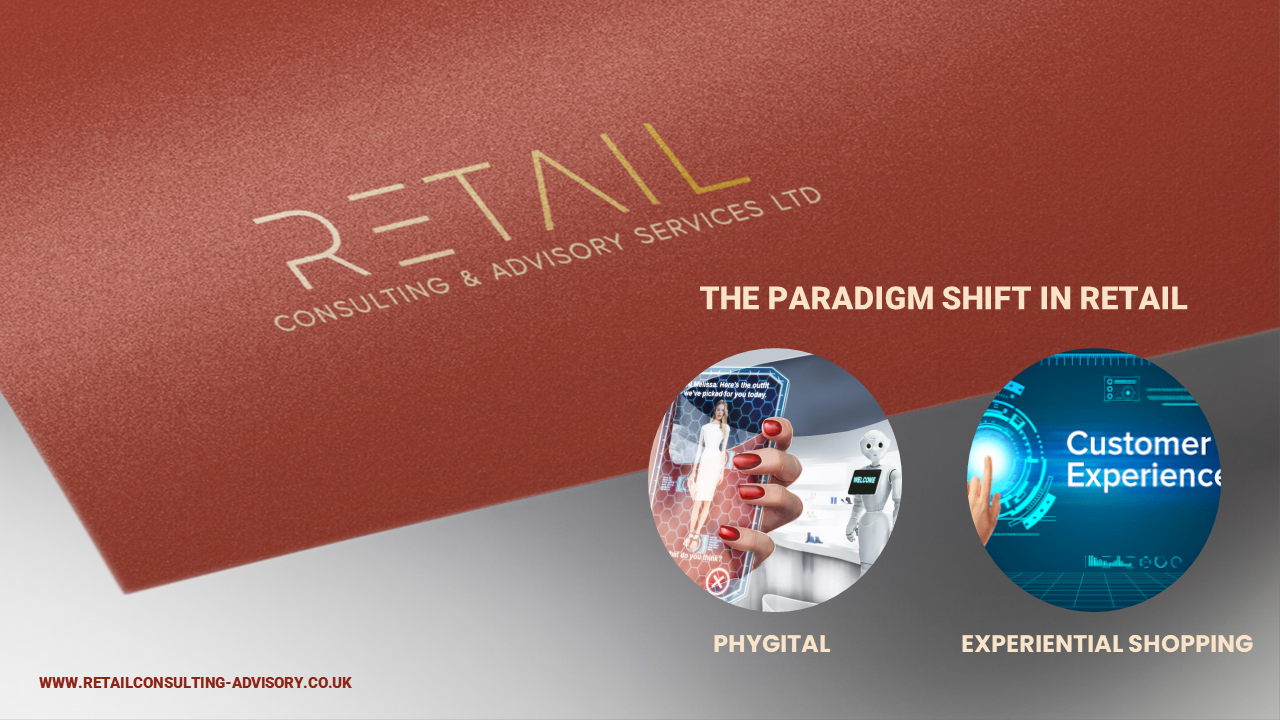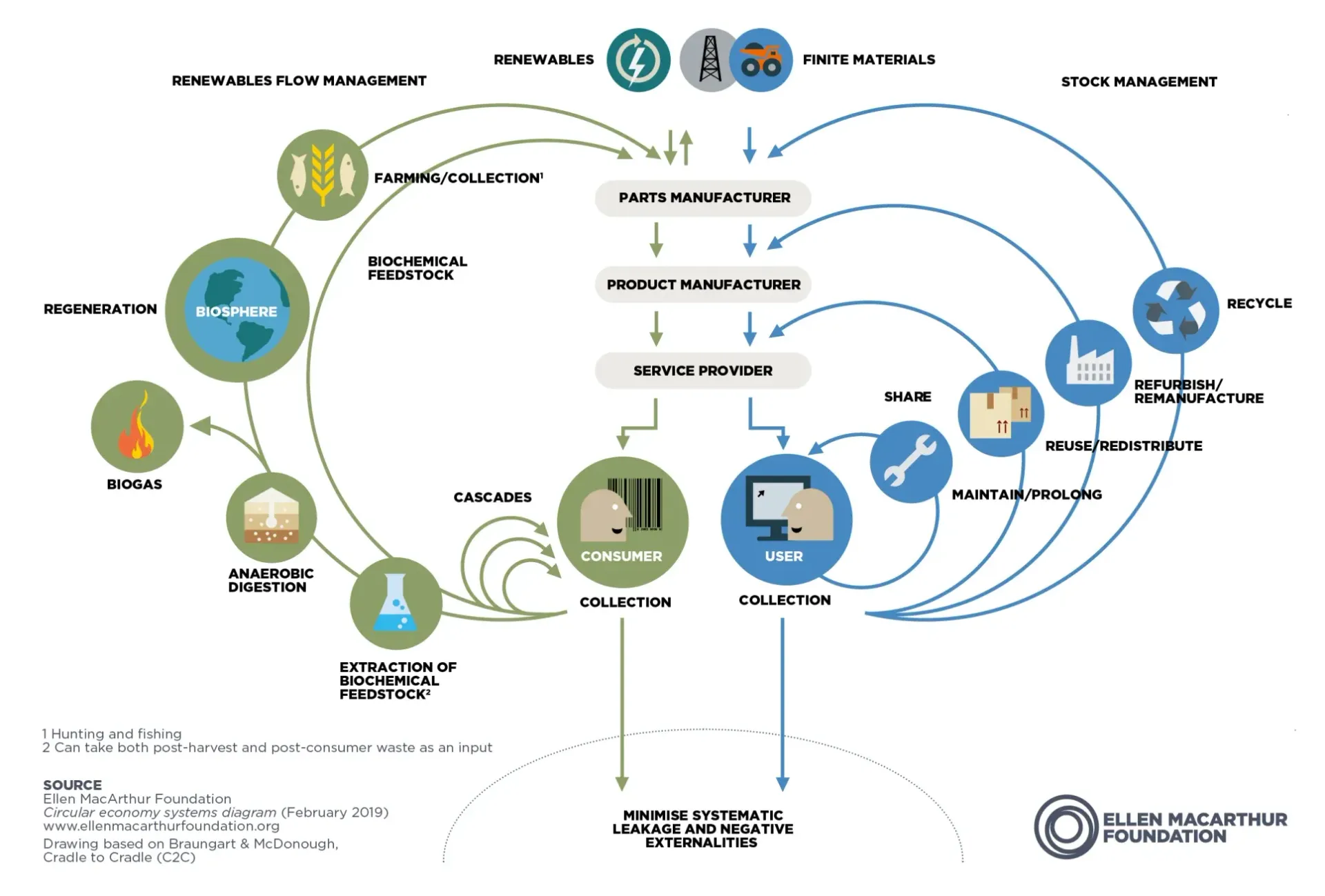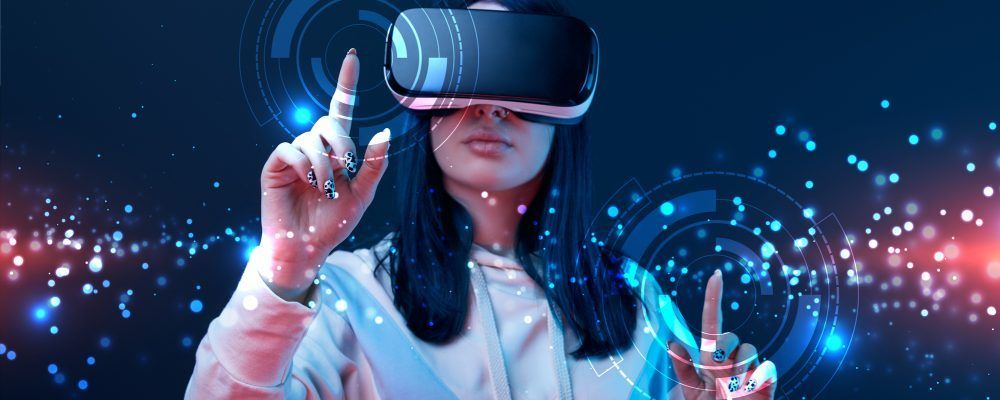ENHANCING CUSTOMER EXPERIENCE WITH TECHNOLOGY IMPLEMENTATION

ENHANCING CUSTOMER EXPERIENCE WITH TECHNOLOGY IMPLEMENTATION
The fashion industry has always been at the forefront of technological innovation, with new technologies shaping how the industry designs, produces and sells clothing. In recent years, there has been a growing trend towards using new technologies in brick-and-mortar fashion retail as retailers seek to provide customers with more engaging and personalised shopping experiences. Here are a few ways new technologies can be implemented in fashion brick-and-mortar.
Augmented Reality (AR)
Augmented reality (AR) is a technology that overlays digital information in the real world. In fashion brick-and-mortar, AR can create interactive shopping experiences that allow customers to "try on" clothes virtually. By using AR mirrors or screens, customers can see how clothes will look on them without trying them on physically. AR mirrors save time and provide a more personalised shopping experience, as customers can see how clothes look on their specific body shape and size.
Virtual Reality (VR)
Virtual reality (VR) is another technology that will be implemented in fashion retail. VR allows customers to experience a fully immersive shopping experience, exploring different products and interacting with them in a virtual environment. VR use can benefit retailers with limited physical space, as VR can provide customers with access to a much more comprehensive range of products than would be possible in a physical store.
Internet of Things (IoT)
The Internet of Things (IoT) is a network of interconnected devices that can communicate with each other and share data. In fashion brick-and-mortar, IoT can create a more personalised shopping experience. For example, intelligent mirrors can use IoT sensors to detect when a customer is approaching and adjust the lighting and display accordingly. They can create a more immersive and engaging shopping experience tailored to the customer. Additionally, IoT sensors can be used on stores' shop floors to create different environments and be more sustainable in the use of energy supplied.
Artificial Intelligence (AI)
Artificial intelligence (AI) is another technology used in fashion retail. AI-powered systems can analyse customer data, such as purchase history and browsing behaviour, to provide personalised product recommendations. AI enhances the shopping experience and helps retailers understand their customers and preferences better. However, the critical point is the way to be implemented and used by the staff, but ultimately the personalisation of customer service will be paramount in the success of brands brick-and-mortar.
3D printing
3D printing is a technology used in fashion to create custom products. By using 3D printing technology, retailers can develop products tailored to individual customers' specific needs and preferences. 3D printing creates a more personalised shopping experience and reduces waste, as products can be produced on demand. While 3D-printed products like footwear soles have already been made on a scale by some brands, implementing this technology on a small scale in flagship stores would create experience differentiation and a reason to visit and return.
Chatbots and Voice Assistants
Chatbots and voice assistants are already used in some fashion retail applications, but we expect to see even more widespread adoption shortly. These technologies can help customers find products, make purchases, and get personalised recommendations through conversational interfaces. The use of chatbots in online retail customer service is a practice that works well in many cases, and customers are used to it. Transferring to the physical space, the learning and experience from the online chatbots with avatars can enhance the consumer experience and avoid waiting times for available staff.
Robotics and Automation
Finally, robotics and automation are expected to play a more significant role in fashion retail soon. These technologies, already implemented in supply chain management, will enhance the in-store shopping experience by providing additional customer service through automated kiosks or robots, becoming supporting tools for in-store staff. There are examples in the hospitality sector of using robots in receptions, welcoming customers, or even as waiters. We might expect to see them in retail fashion shortly as their capabilities have been widely improving.
New technologies in fashion brick-and-mortar will shortly be transforming how we shop. By providing more engaging and personalised shopping experiences, these technologies enhance the customer experience and help retailers better understand their customers. As these technologies evolve, we can expect to see even more innovative and exciting applications in fashion retail.
All Rights Reserved | Retail Consulting & Advisory Services Ltd.
Ismael Gonzalez - Founder and Managing Director
© 2022 Retail Consulting & Advisory Services LTD. Company Registration Number 14234794. Privacy Policy

